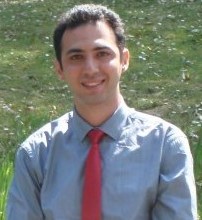The Occupational Health Research Award offers grant aid of £25,000 for UK-based academics, researchers and organisations to enable them carry out studies aimed at improving the occupational health of people in construction.
With the winner of the Occupational Health Research Award for 2020-21 to be announced at the end of March, applications for next year’s award scheme, organised by B&CE Charitable Trust, will re-open in November.

Academics, researchers and organisations will have the opportunity to bid for £25,000 towards their studies, as part of the Occupational Health Research Award for 2021/22.
The Trust is looking to hear from charities with a focus on occupational health, accredited research organisations and occupational health practitioners who wish to: (1) Make a significant difference to the health-at-work of construction workers; (2) Help tackle occupational health issues in construction; and (3) Help to make an important scientific contribution to the construction industry.

The annual award, which offers the opportunity to apply for grant aid towards research into improving health-at-work for people in construction, has previously funded research at UK universities.
The University of Lincoln won the 2019/20 Occupational Health Research Award to fund research around occupational stress within the construction industry.

The research has been delayed by the pandemic, yet project leader Dr Saad Sarhan (left) said he has made good progress in analysing published research that has been conducted into a problem costing the UK economy an estimated £5bn plus a year.
Over the coming months Dr Sarhan is planning to interview 30 construction employees from across the industry about how stress impacts both them and their work, ahead of the publication of the report in August 2021.
Prof Stephen Pretlove from the University of Lincoln hopes the initial research by his colleague will lead to bigger things. “We see this study as potentially being a pilot project for a significantly larger project as it has already identified the significant size and scale of the problem,” he said.